Testing Your Almond Knowledge: Can you pass this quiz?
SoccerToday’s nutrition columnist Nancy Clark discusses the tips from John Ivy Ph.D. on fueling your body and maintaining your eating schedule.
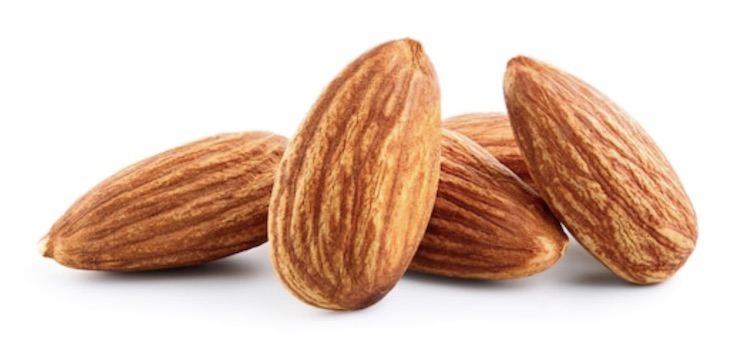
- Rich in magnesium
- No cholesterol or sodium
- Just 160 calories per ounce
- Tree nut highest in six essential nutrients
- Naturally 100% gluten-free
- 6 grams of protein per ounce
- 12 vitamins and minerals – an excellent source of vitamin E
Almonds are a popular snack not just because they are nutrient-rich, but primarily because they are crunchy and taste yummy.
In this day and age when snacks are replacing meals, you want to reach for good tasting, health-promoting snacks. Almonds can fit that bill!
I learned a lot of almond information while on a tour sponsored by the California Almond Board.
Here’s a quiz to share what I learned—and for you to see how much you know about this popular sports snack.
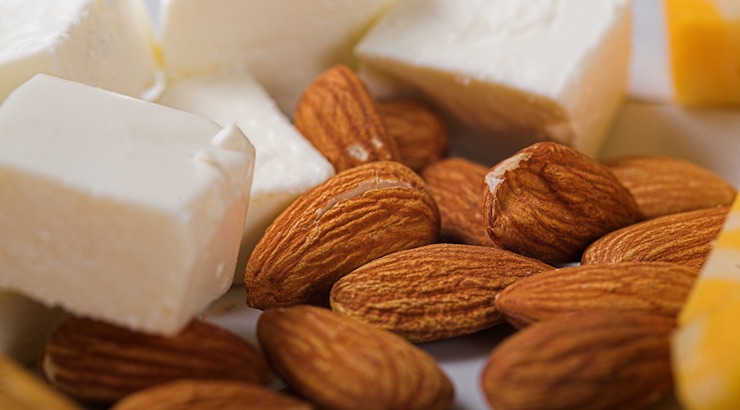
True or False: Eighty-percent of worldwide almonds are grown in California?
True. The Mediterranean climate and rich soil in California’s Central Valley is one of only 5 places in the world that is ideal for growing almonds. The majority of these almonds stay in the US, with exports going primarily to Spain, India, China/Hong Kong, and Germany.
True or False: Growing almonds requires a lot of water?
True. Almonds, like all nuts, need more water per serving than fruits and vegetables do. That’s because making the protein and fat in nuts requires more energy and water than does making the carbohydrate in fruits and veggies.
The amount of water required by almonds is similar to other nut trees. Because water is limited and expensive, the almond industry has created innovative ways to improve water usage.
For example, the vast majority of almond growers have installed new drip irrigation systems that water the roots of the tree instead of the whole grove. By using automated moisture sensors, the trees do not get over-watered.
These better irrigation practices have led to almond growers being 33% more efficient with water usage than 20 years ago. Plus, the water actually grows four products: the edible almond, shells for livestock bedding, hulls for cattle feed, and skins for beer. Nothing gets wasted!
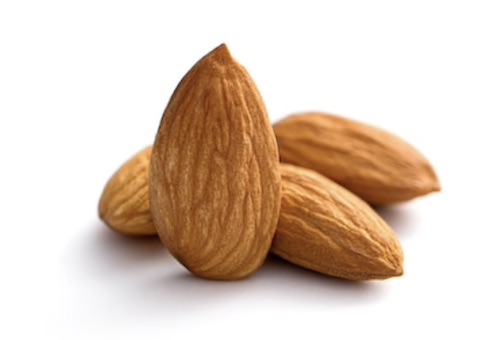 True or False: The average American eats about a quarter of their calories from snacks?
True or False: The average American eats about a quarter of their calories from snacks?
True. People are eating more snacks and fewer sit-down meals. The typical American consumes about 24% of daily calories from snacks.
Most snacks eaten before lunch tend to be selected mindfully, with an eye to nutritional value.
Evening snacks, however, tend to be more about reward and comfort (think fewer fruits and vegetables; more sweets, salty snacks, and baked goods). Obviously, making smart snack choices are key to having a good sports diet.
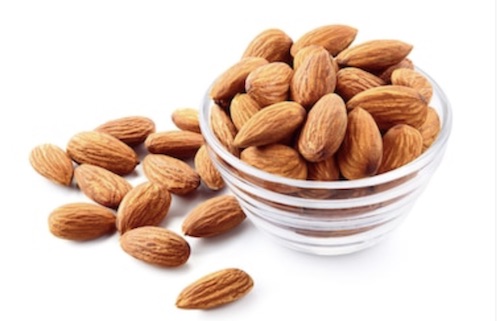 True or false: An ounce of roasted almonds (23 almonds) contains 160 calories, but the body can use only 130 of those calories?
True or false: An ounce of roasted almonds (23 almonds) contains 160 calories, but the body can use only 130 of those calories?
True. The official portion size for almonds is 1 ounce (28 grams). That equates to about 23 almonds, one large handful.
Count them out to learn how many fit into your palm!
A one-ounce portion offers 160 calories, but due to digestibility, one-ounce of roasted almonds actually contributes only 130 calories of good nutrition to your daily intake. Almond butter, however, is more digestible and contributes the full 160 calories.
True or False: Almonds are fattening
False. Almonds are not inherently fattening. That is, almond eaters are not fatter than almond abstainers. A study with overweight and obese adults who ate about 1 to 1.5 servings of almonds daily for 12 weeks reports they lost more body fat (and more belly fat) than those who did not eat almonds as a part of the reducing diet. (1) Because almonds are satisfying, they can actually help you save calories. That is, a handful of almonds will curb hunger for a lot longer than a handful of Skittles.
True or False: Almonds are an excellent source of protein.
False. While a one-ounce handful of almonds offers 6 grams of protein, I rate that a good source of protein—but not an excellent source. You could get three times that protein from 160 calories of chicken.
If you are a vegetarian, the protein in an ounce of almonds is the same amount you’d get in a half-cup of pinto beans. Along with the protein in the almonds come other important nutrients: fiber, health-protective monounsaturated fats, vitamin E, potassium, and yes, even a little calcium (25-percent of what you’d get in a glass of dairy-milk).
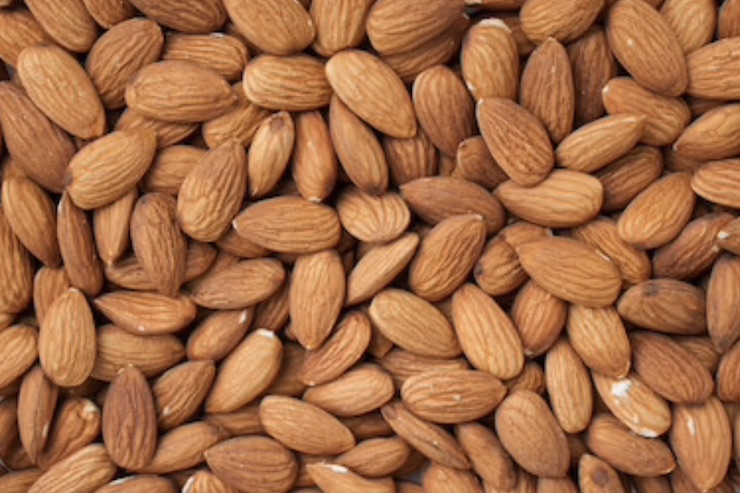
True or False: For vegetarians or people who are lactose intolerant, almond milk is an equal swap for dairy milk.
False. While almond milk is a vegan alternative to dairy milk, it is nowhere near as nutritious as dairy milk, or for that matter, soymilk. I consider almond milk as really being “almond juice” with minimal nutritional value (other than the calcium the producer adds to the product).
An 8-ounce glass of almond milk offers only 1 gram of protein, as compared to 8 grams in the same amount of dairy milk.
Read labels to compare brands of almond milk; some might have added pea protein or other nutrients.
Young children, in particular, do not get the protein they need from almond milk. If you choose to avoid dairy, the smarter choice, nutritionally speaking, is soymilk.
True or False: Almonds contain monounsaturated fats that reduce your risk of heart disease.
True. Almonds are a heart-healthy snack.
By trading traditional snacks like chips, cookies, candy for almonds, you can not only reduce your intake of salt, sugar, and saturated fats, and also boost your intake of healthy fats, fiber, protein, magnesium, vitamin E and many other vitamins and minerals. Research suggests almonds help people lower their bad LDL cholesterol when they swap their “junk snacks” for almonds.
True or False: Almonds appeal to today’s health-seeking consumers.
True. If you are looking for a satisfying snack that is vegan, gluten-free, preservative-free, GMO-free, lactose-free, and health-promoting, look no further than a packet of almonds. Crunch away!
Disclaimer: While the California Almond Board sponsored the trip to observe the almond harvest and processing of the almonds, the opinions are my own.
Reference:
- Dhillon J, Tan SY, Mattes RD. 2016 Almond consumption during energy restriction lowers truncal fat and blood pressure in compliant overweight and obese adults. Journal of Nutrition 146(12):2513-2519.
Related Articles: Soccer Players: Next Level Nutrition; Nutrition Tips for Soccer Players: The Athlete’s Kitchen

SIDEBAR: Nutritional and medical advice changes with new discoveries and interpretations. Always check with your medical provider and/or nutritionist for what is best for you and your family. And research and read information on nutrition!
Sports nutritionist Nancy Clark MS RD CSSD has a private practice in the Boston-area, where she helps both fitness exercisers and competitive athletes create winning food plans. Her best-selling Sports Nutrition Guidebook, and Food Guide for Soccer, as well as teaching materials, are available at www.nancyclarkrd.com.





